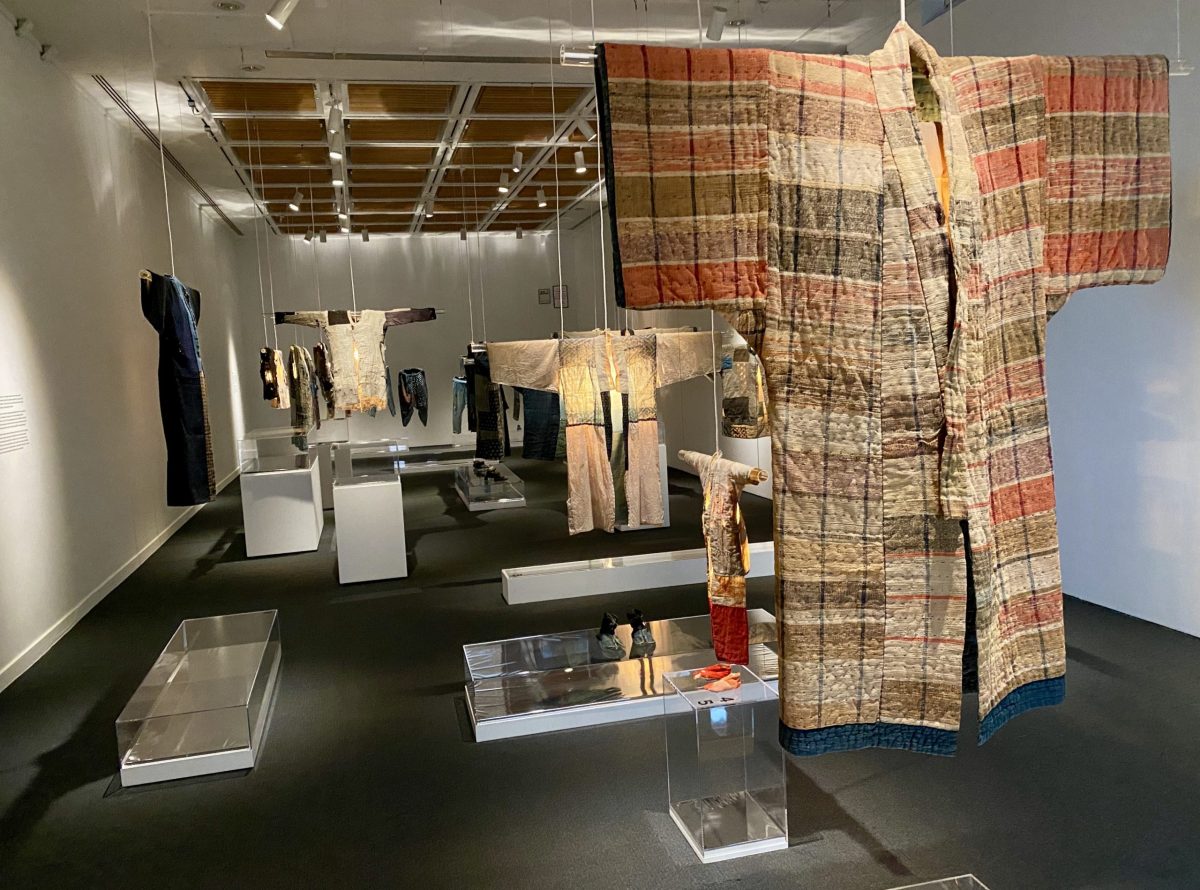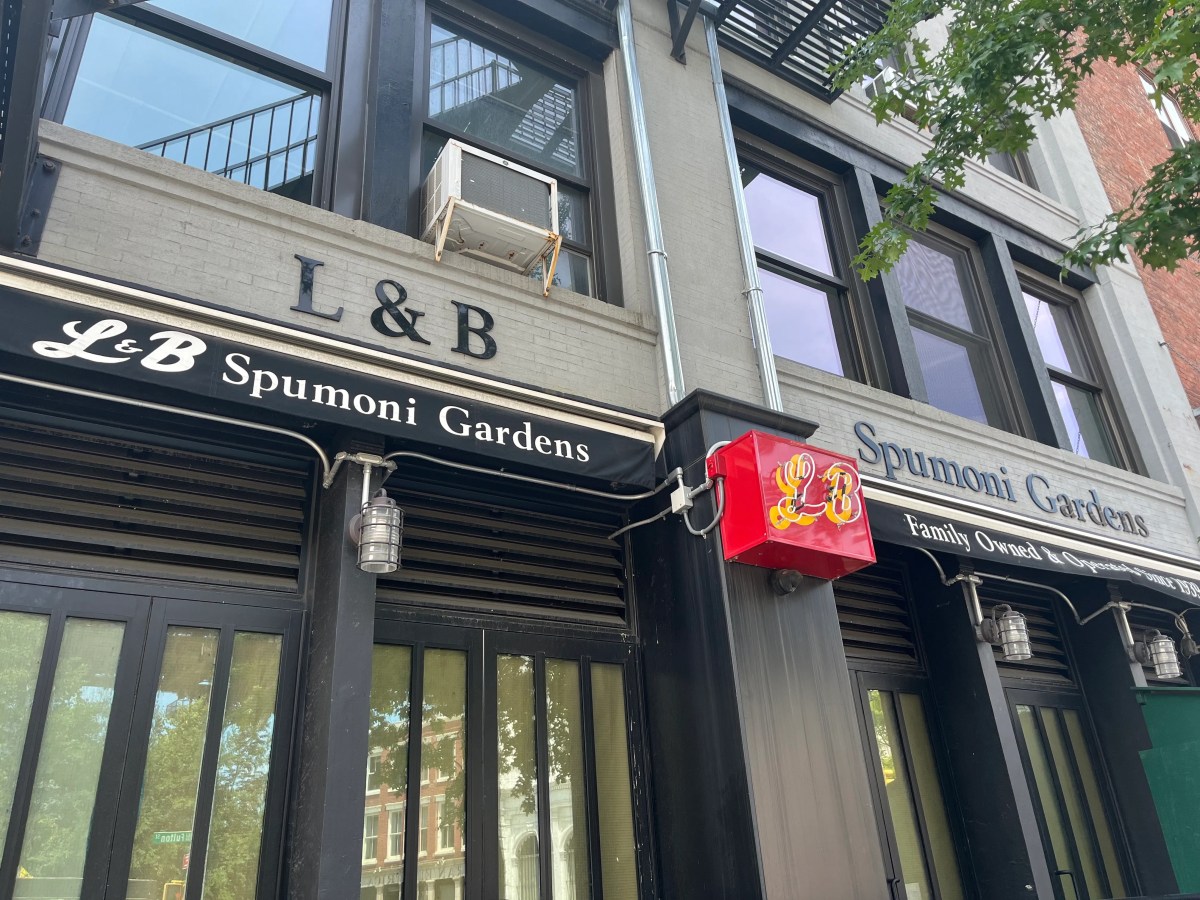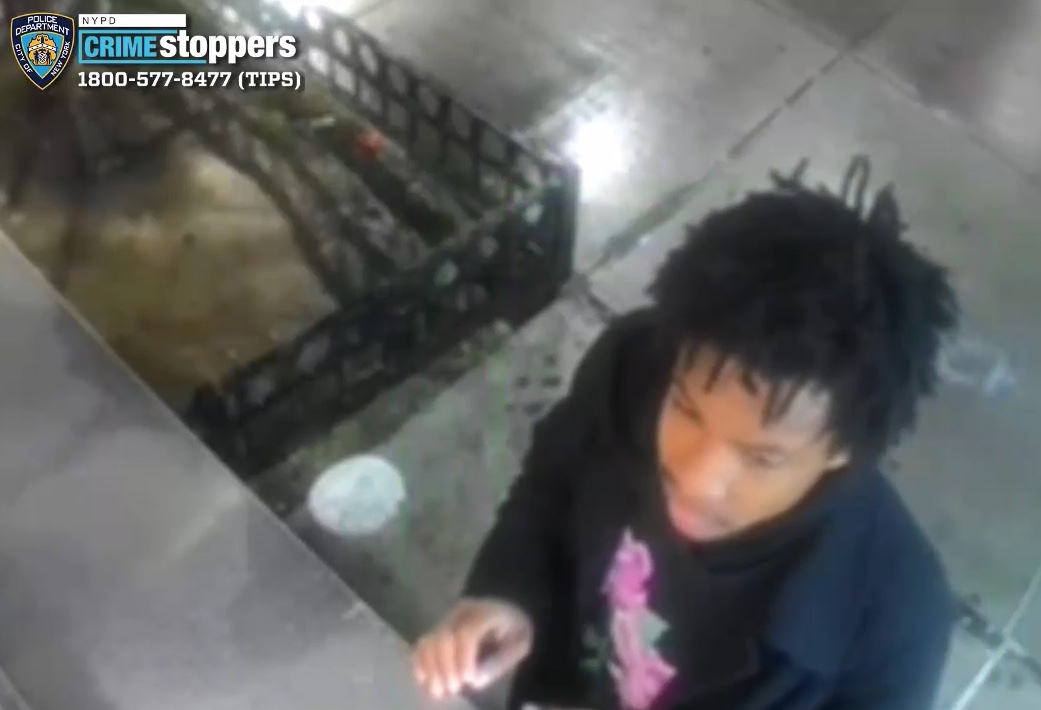A new exhibition on Manhattan’s East Side examines the Japanese craft of boro, which uses available materials to create patchwork clothing and other everyday items. Exploration of the tradition includes its history and relevant themes of sustainability in modern life.
While translations of the word boro can have negative meanings related to rags or worn-out clothes, the exhibition notes, boro now refers to the historical practice in Japan, starting in the 19th and early 20th centuries, of patching together items out of necessity and for reuse.
The exhibition explores this topic and is called “Boro Textiles: Sustainable Aesthetics.” It opens March 6 at the Japan Society, at 333 East 47th Street.
The main materials used were hemp and other local plant fibers, before cotton was introduced to the nation and colder regions like Tohoku, the exhibition notes. Several layers of hemp were needed for warmth, and the urgency of survival led to creativity in making items of all types, including blankets and diapers.
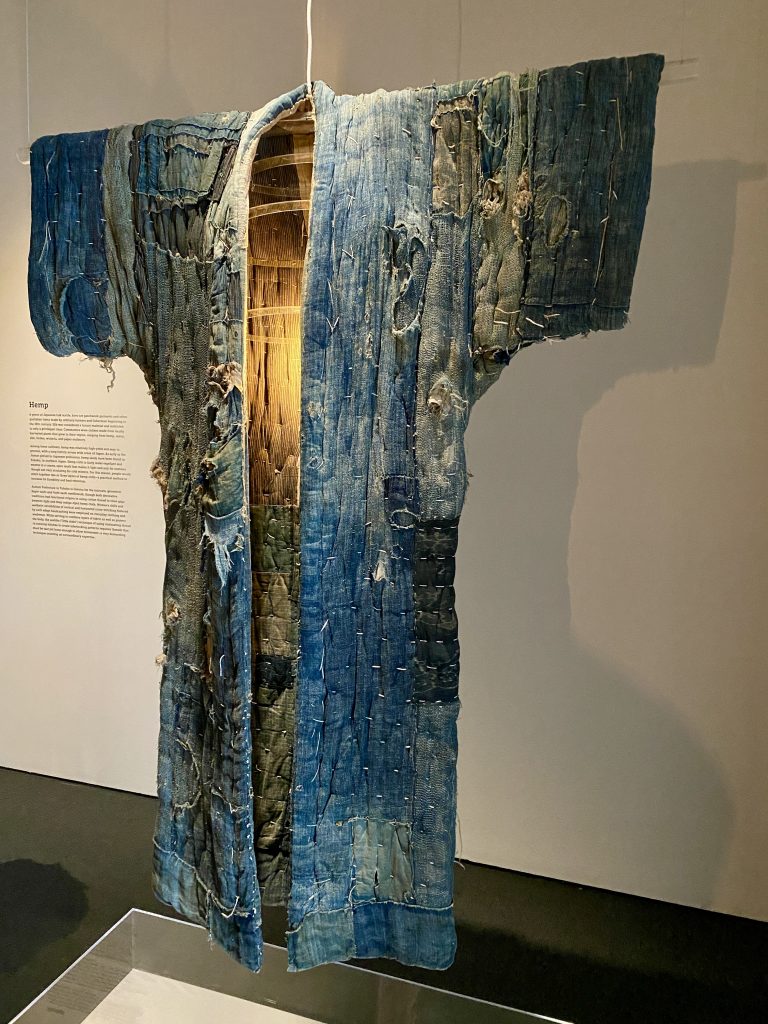
This exhibition is part of the institution’s year-long programming around the upcoming 2020 Olympics in Tokyo. “The main focus is sustainability, and recycle and reuse,” said Yukie Kamiya, Director of Japan Society Gallery, of the upcoming Olympics, “which boro has already done for centuries.”
Dozens of older boro garments in the exhibition come from the collection of cultural anthropologist Chuzaburo Tanaka, and are in the U.S. for the first time, on loan from Amuse Museum in Japan. The New York architecture firm SO-IL designed the exhibition, with the aim to put focus on the items in a minimalist, thoughtful way, according to Jing Liu of SO-IL.
“What jumped out was the richness, both in texture but also history, and the time these pieces are embodying,” Liu said.
The items are hung from above in the three galleries that make up the exhibition, as a way to emphasize the three-dimensionality of the items and that real people used them for living. “They had life and hearts, and generations of love that were passed down,” Liu said.
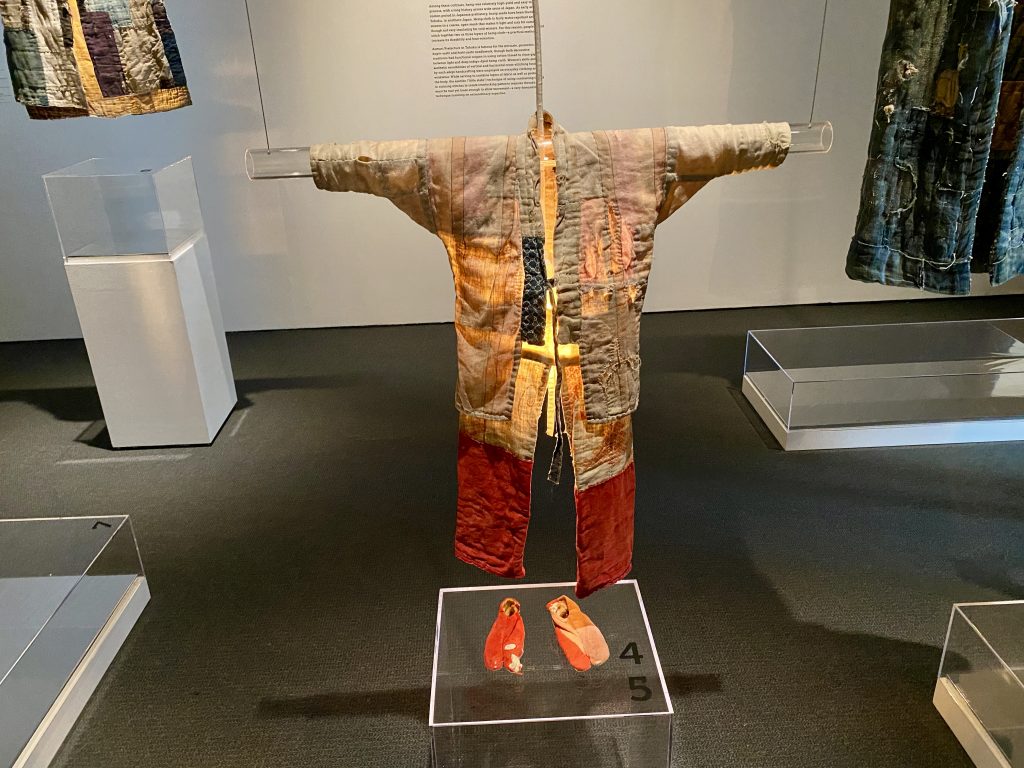
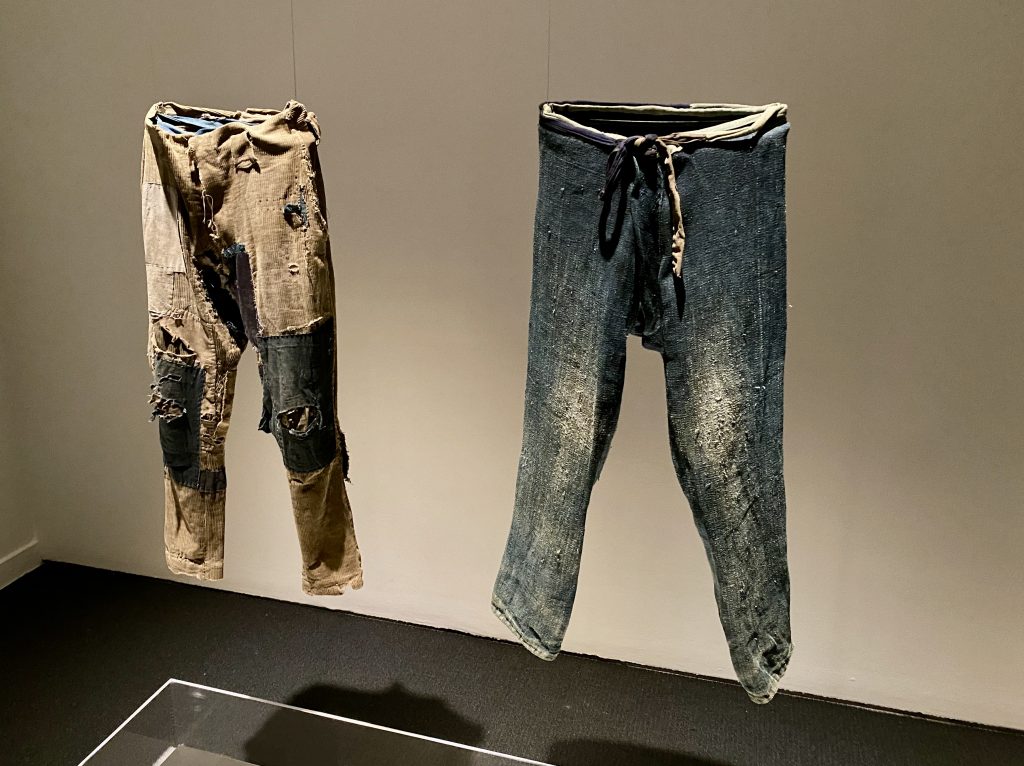
Also in the exhibition are photos of people wearing boro items in cold weather. And one gallery features modern fashion and Japanese avant-garde fashion that has been influenced by boro, including the look of imperfect clothing and patched-together items, and the concept of using found materials.
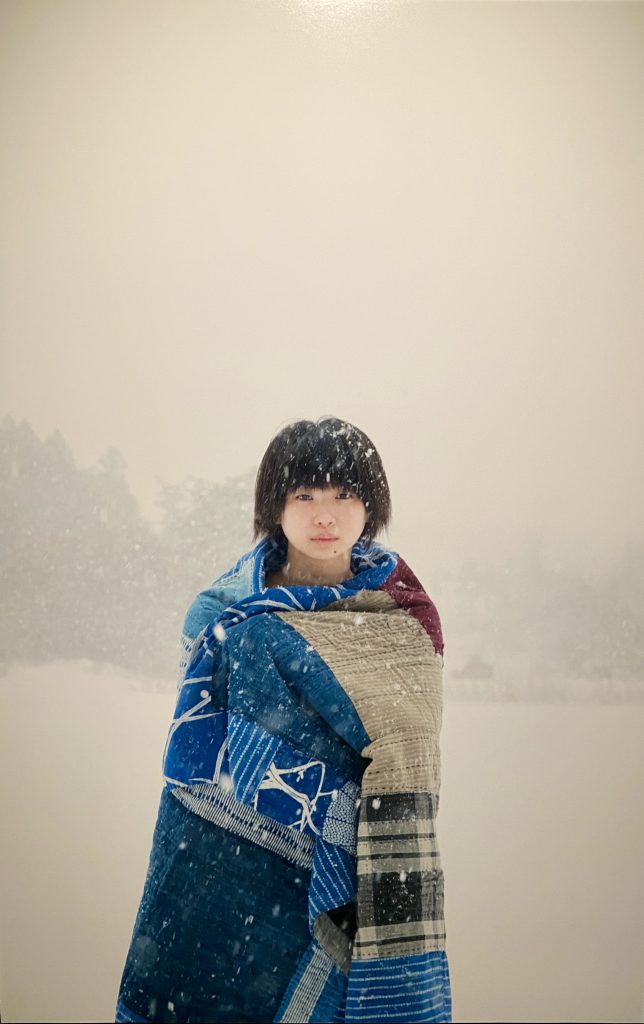
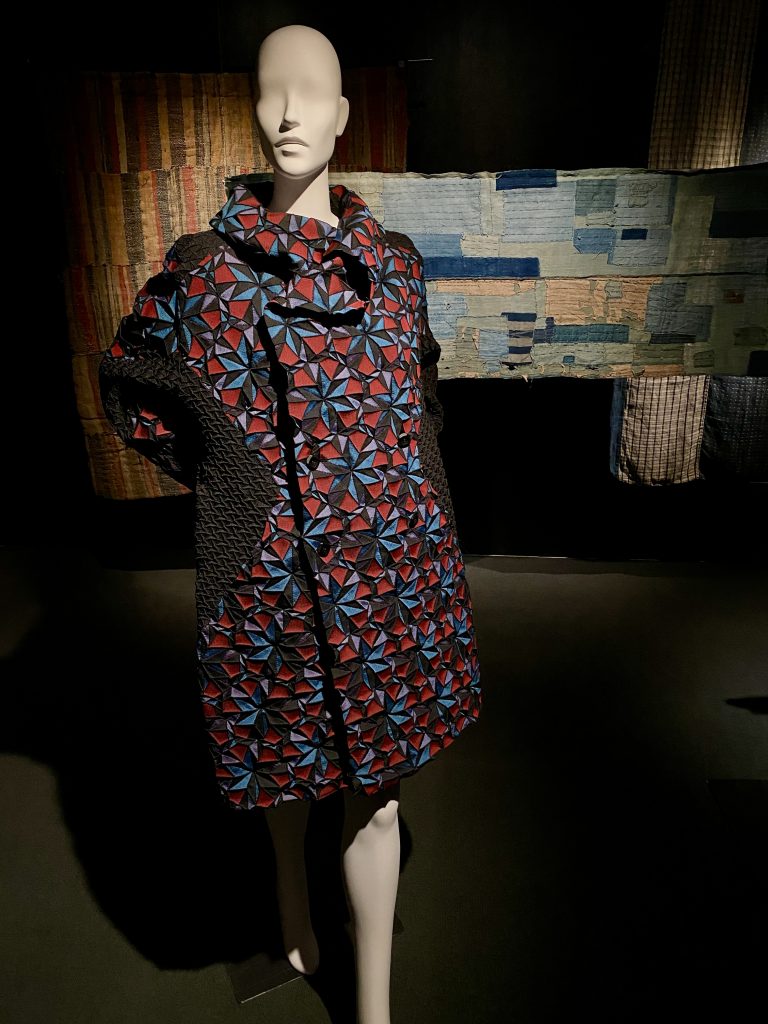
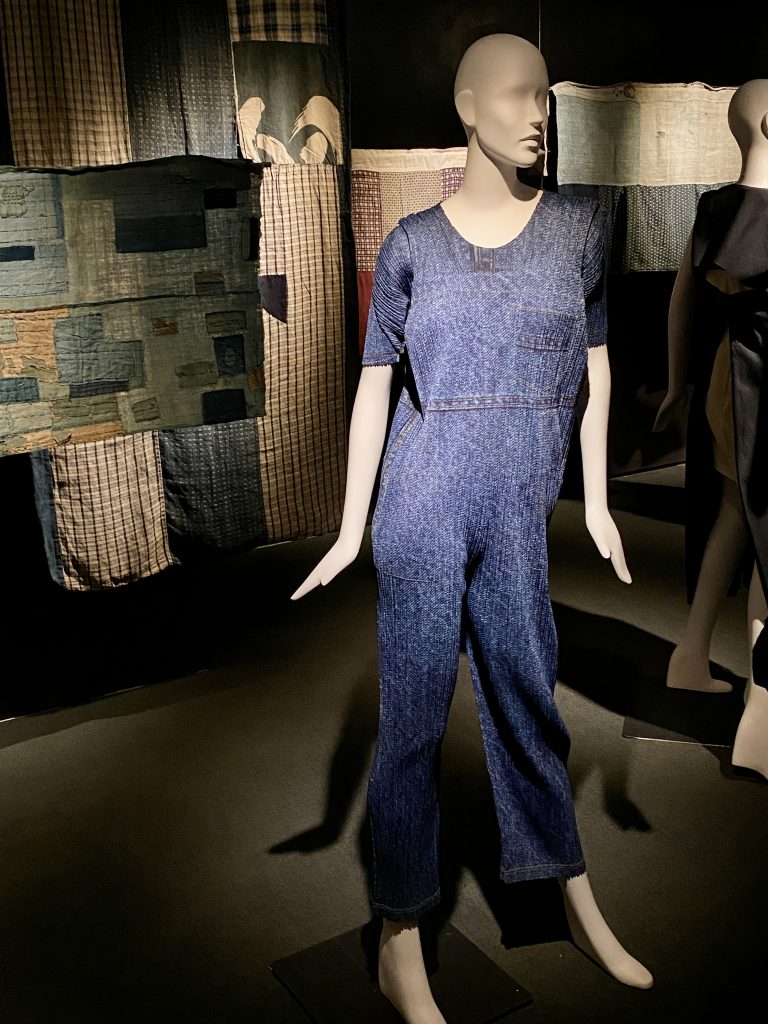
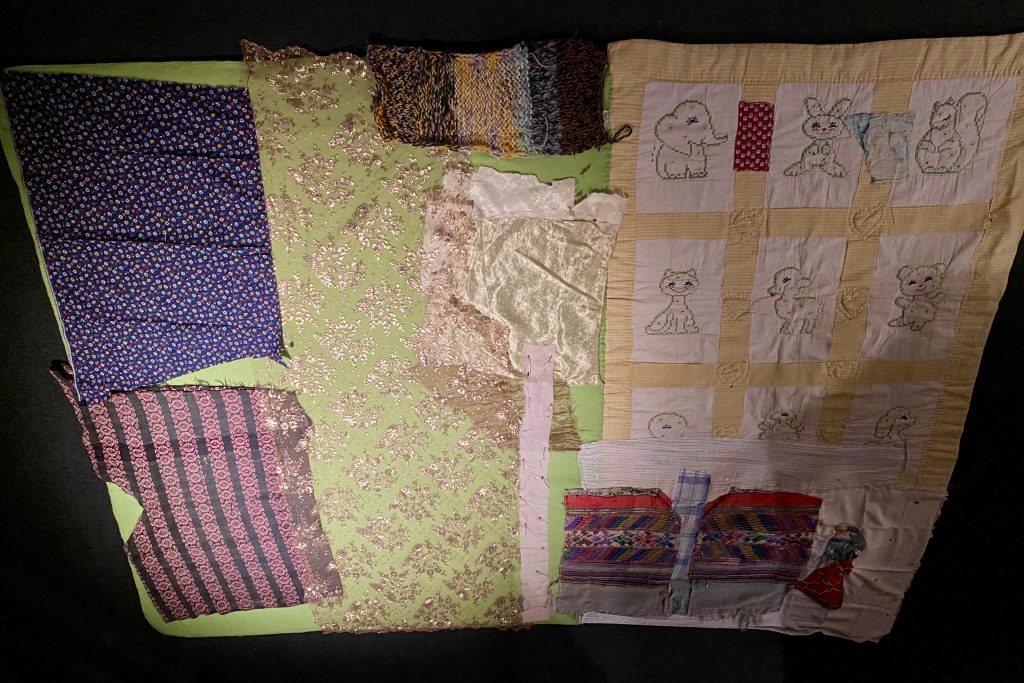
The “Boro Textiles” exhibition will run until June 14, and there will be public programs in the coming months connected to the show, including lectures, seminars and workshops. More information can be found at japansociety.org.



